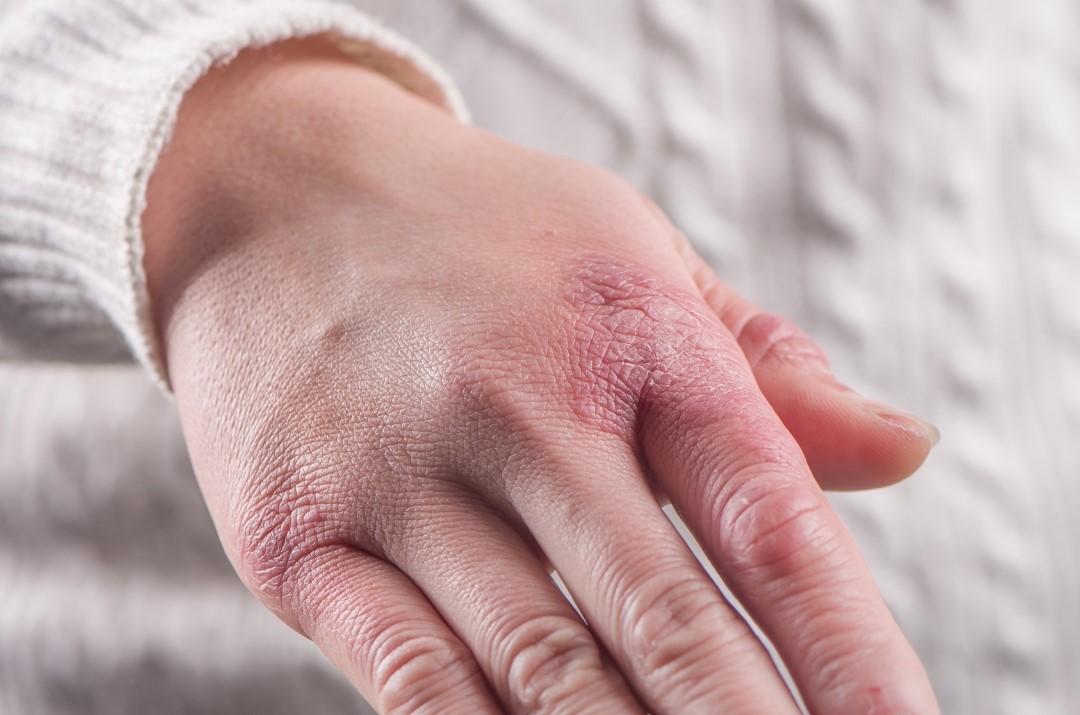Cold weather can be harsh on the skin, especially on fingers, toes, ears, and nose. When exposed to sudden temperature changes, small blood vessels under the skin can react and cause chilblains red, itchy, and sometimes painful patches. These skin issues not only cause discomfort but can also take time to heal if not managed properly. Fortunately, following a few proven prevention techniques can help you stay warm, comfortable, and chilblain-free throughout the winter season.
Understand What Causes Chilblains
Chilblains happen when skin that is cold is suddenly warmed, causing tiny blood vessels to expand too quickly. This rapid change can damage surrounding tissues and cause irritation. People with poor circulation or sensitive skin are more prone to them in chilblains.
Proven Chilblain Prevention Techniques
To protect yourself during cold months, focus on consistent warmth and circulation. Here are effective methods:

- Keep skin warm and dry – Wear layers of clothing and choose insulated gloves, socks, and footwear to protect extremities.
- Avoid sudden temperature changes – Warm your body gradually when coming indoors from cold weather.
- Maintain good circulation – Gentle daily exercises like walking or stretching improve blood flow to hands and feet.
- Moisturize regularly – Use a gentle moisturizer to prevent skin dryness, which can worsen irritation.
- Stay active indoors – Movement keeps your body temperature steady and prevents restricted blood flow.
- Avoid tight clothing – Choose loose-fitting socks and gloves to avoid cutting off circulation.
- Warm up before going outside – Drinking a warm beverage or doing light activity before heading into the cold helps keep blood moving.
Diet and Hydration for Healthy Circulation
Eating a balanced diet supports healthy blood flow, which is key to preventing chilblains. Include:
- Foods rich in vitamin C for skin repair.
- Iron-rich foods for healthy red blood cells.
- Plenty of water to keep the body hydrated and circulation smooth.
Care for Skin During Winter
Winter air can be dry, making skin more prone to irritation. Along with moisturizing, protect your skin from wind exposure by wearing scarves, hats, and windproof clothing.
Recognize Early Symptoms
By spotting signs early, you can prevent further discomfort:
- Red or purple patches on skin.
- Itching, burning, or tenderness.
- Swelling in affected areas.
If these symptoms occur, keep the area warm, avoid scratching, and moisturize gently.
Quick Recap of Prevention Tips
- Wear warm, dry, and loose-fitting clothes.
- Warm up gradually after being in cold weather.
- Exercise daily for healthy blood flow.
- Eat nutrient-rich foods and stay hydrated.
- Protect skin from dryness and wind.
Chilblains can disrupt comfort during cold months, but they are preventable with the right care. By keeping your body warm, maintaining good circulation, and caring for your skin, you can beat cold weather discomfort and enjoy winter without the pain of chilblains. Prevention is always easier than treatment, and these simple, proven techniques can help you stay protected season after season.
